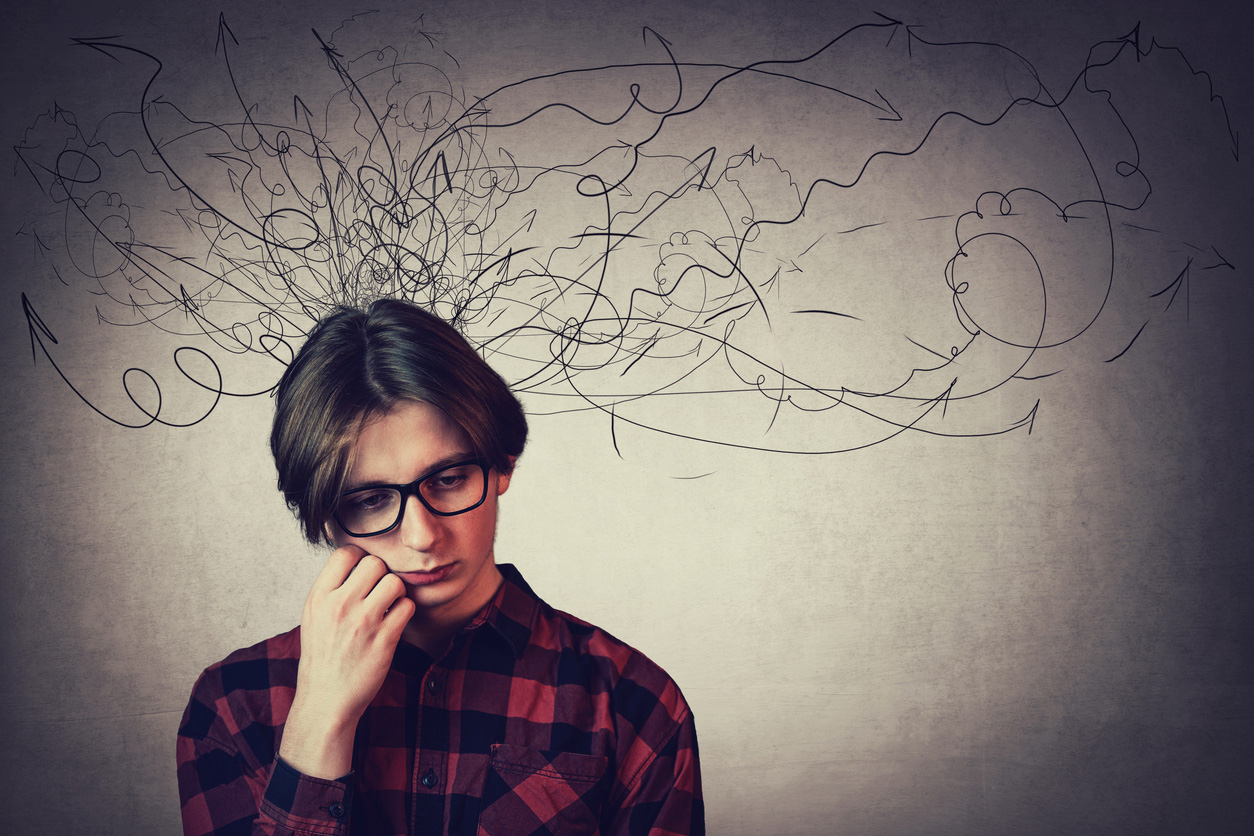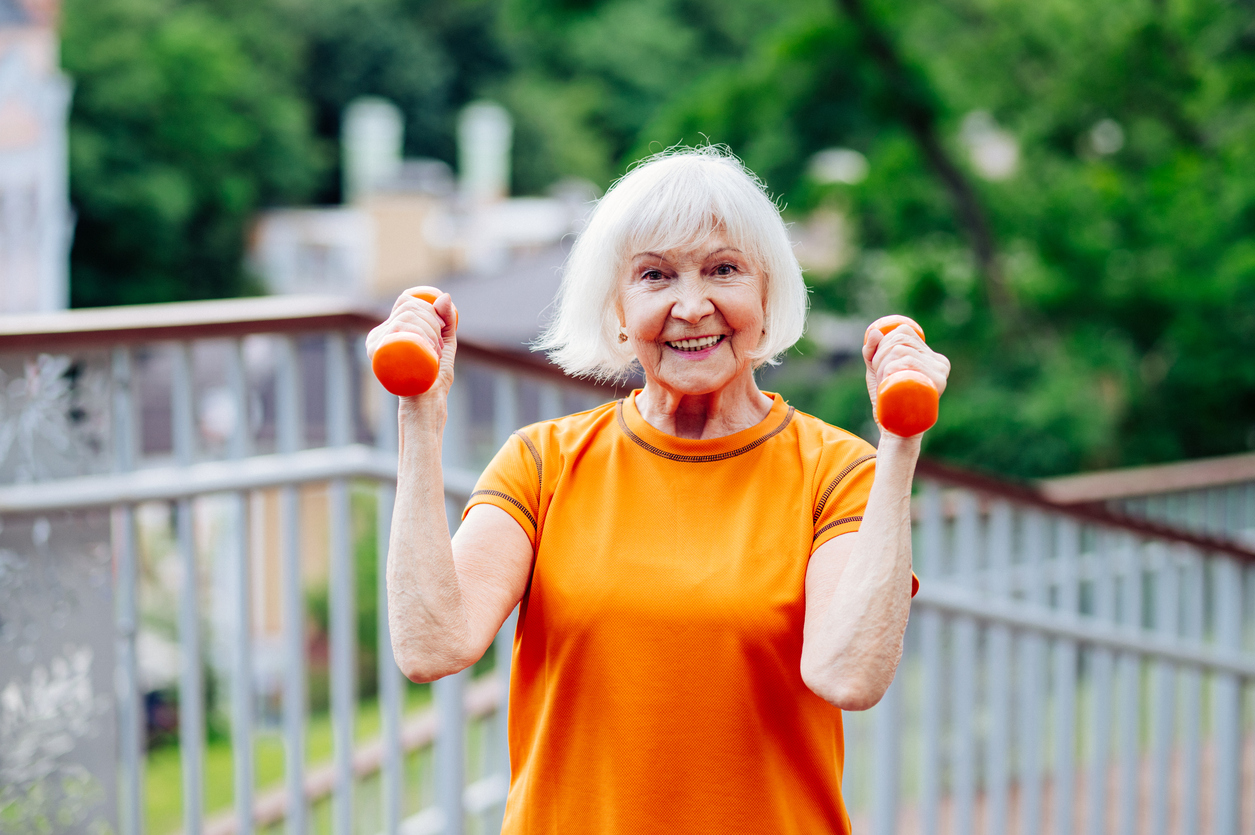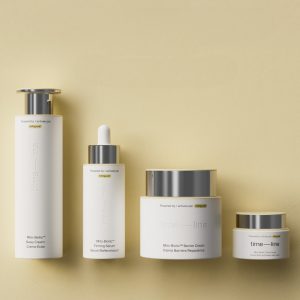“Dark therapy” for bipolar syndrome: You’ve heard of light therapy for SAD. It lifts patients out of seasonal depression.
But patients with bipolar disorder suffer from hyper-excitation. They may be prone to bouts of manic behavior and have trouble sleeping or keeping to a day-night schedule.
It was Thomas Edison who shattered our circadian rhythms with the invention of the light bulb. Now, when light fades in the evening, we can perpetuate our busy activities bathed in artificial illumination. Additionally, we peer into ever larger and brighter TV screens as well as computers and mobile devices. This is sooo not Paleo!
Taking a cue from evolutionary biology, researchers tested the hypothesis that blocking certain wavelengths of light could ameliorate bipolar symptoms. They found that blue-blocking glasses were rapidly and dramatically effective in curtailing manic symptoms.
If you’re bipolar and you want to try dark therapy, I strongly suggest that you work with a psychiatrist familiar with this technique and taper your meds only under proper supervision. But I can vouch for the success of dark therapy in one of my patients who desired to reduce her dependency on medication while trying to get pregnant (thanks, EO, for sharing your experience with me and sending me those research articles!).
Eat nuts—prevent weight gain: “Nuts are fattening”. Many people avoid them because they deliver a caloric wallop. But a recent study suggests au contraire.
The study is epidemiological, and correlation is not causation, but the researchers were surprised to find that people who consumed, on average, an ounce of nuts daily were less likely to experience the progressive weight gain that befalls most adults.
They noted that nuts have been found to attenuate changes in insulin responsiveness that presage diabetes; they are rich in antioxidants, fiber, and healthy fats; they also prompt satiety.
I liberally sprinkle walnuts or sunflower seeds on my salads. I also find them a great alternative to sweet desserts. A flavorful handful of toasted almonds or pistachios helps me cap off a meal. My latest HgbA1c—a measurement of average blood sugar—was a very optimal 4.9. Thanks, nuts!
A tingle up your leg will help you tinkle less: Many people suffer from urinary urgency. It’s common in postmenopausal women and in men with enlarged prostates. It even has a name OAB (Overactive bladder). A whole new crop of medications is proffered to ameliorate symptoms.
But they mostly don’t work very well, coming out barely ahead of placebos in clinical trials. Plus, they cause side effects like dry mouth, glaucoma, constipation, sexual problems—and may even hasten cognitive decline.
Enter PTNS—percutaneous tibial nerve stimulation. According to a recent review “PTNS can indeed modulate the voiding and storage function of the bladder leading to an overall subjective improvement of symptoms in about 60% of the patients.”
I had a feeling it was based on acupuncture, and indeed it is. Electrodes are applied to Traditional Chinese Medicine points on the spleen meridian (San-Yin-Jiao or Spleen-6) located on the inner leg a few inches above the ankle. I actually remember this point from acupuncture school!
Watch this short YouTube video to see how PTNS works. Here’s another excellent video from the device manufacturer. Note, PTNS is not for home use—it’s an in-office procedure administered by medical professionals.
Dance away from dementia: No question that exercise can stave off neurodegeneration. It revs the production of BDNF—brain-derived neurotrophic factor—which is kind of like Miracle-Gro for neurons.
But learning, executing and practicing new dance steps is a higher-order neurological task than mere repetitive exercise, so researchers theorized that dance instruction might surpass regular exercise as a memory enhancer. They focused on hippocampal volume as a proxy for the cognitive boost, measured in successive imaging studies of subjects average age 68.
The researchers concluded: “…the present results indicate that both dance and fitness training can induce hippocampal plasticity in the elderly, but only dance training improved balance capabilities.”
I’ve always said that if I’m ever reincarnated, I’d like to come back as Gene Kelly!
Nicotine patches for memory: Smoking is unequivocally bad for your brain, but many tobacco addicts report that lighting up helps them focus.
Now comes research that suggests that delivering nicotine without the harmful effects of inhaled combustibles is a plausible strategy for memory preservation.
“Nicotine stimulates parts of the brain that are important for memory loss and seem to be involved in the early stages of Alzheimer’s disease and other similar conditions,” said lead researcher Dr. Paul Newhouse. “We think that nicotine may act to actually enhance the activity of those systems in a way that makes people’s attention and memory sharper.”
While nicotine is unequivocally addictive, it remains controversial whether it contributes to the adverse cardiovascular and cancer impacts of smoking. Its benefits may outweigh its risks for cognitive impairment sufferers.
Additionally, billions of dollars of research have failed to produce the “Holy Grail” breakthrough that will stem the enormous tide of Alzheimer’s disease. Why not explore the potential of a cheap, familiar chemical for which we have proven safe delivery systems?







